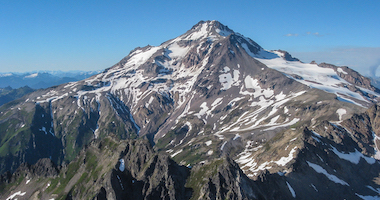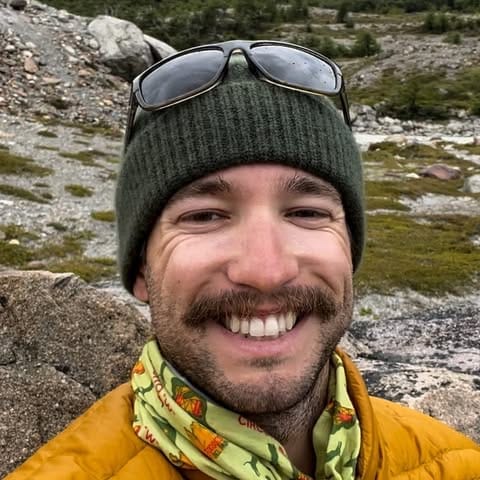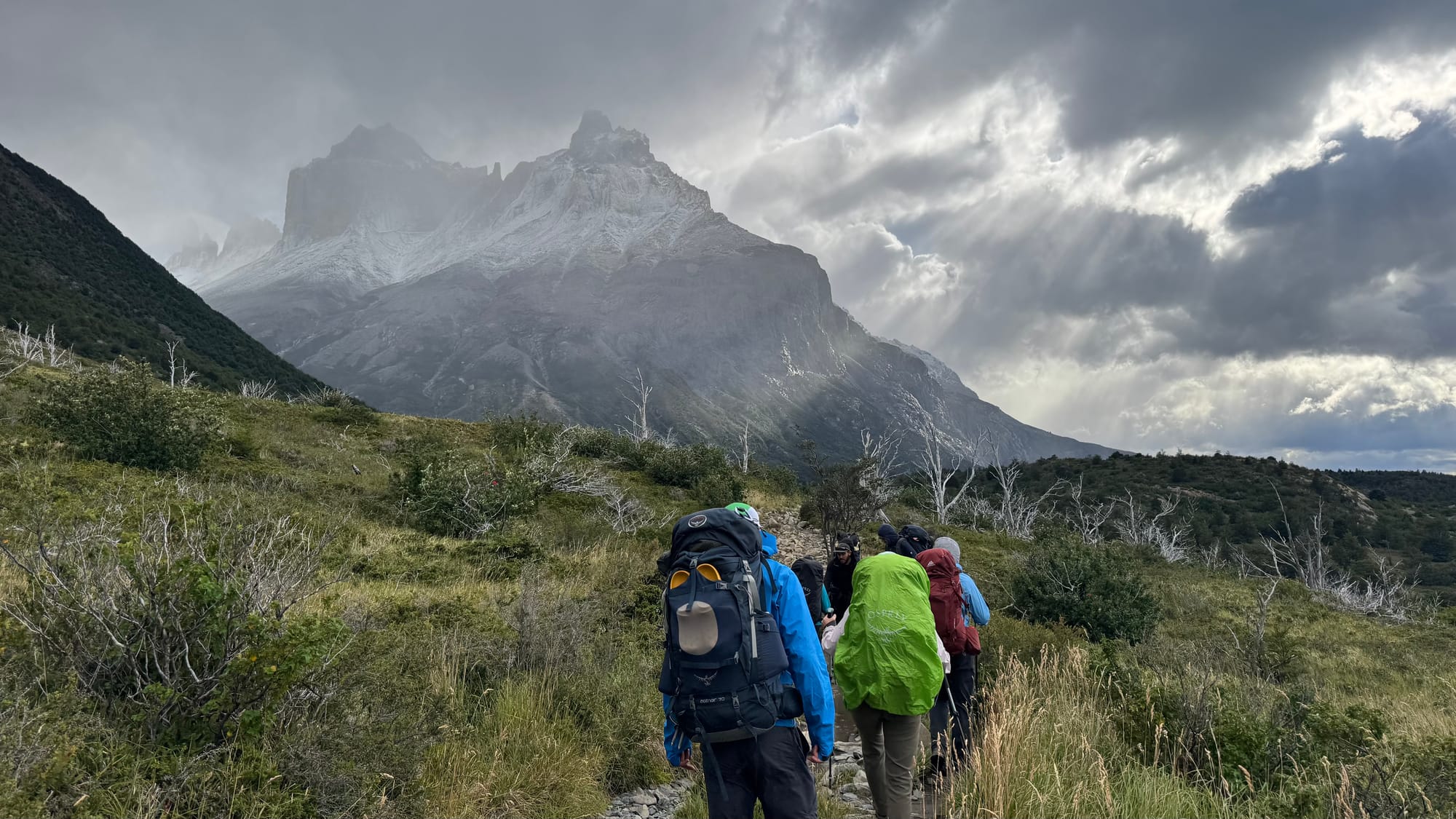Let’s be honest: no one wakes up ready for glaciated ridges, 2 a.m. starts, or that final hour when your legs feel like overcooked noodles. The bridge between where you are today and where you want to be on bigger mountains is built, step by step, with time on trail. That is exactly why trekking shines. It is accessible, it is high-value training for the body and mind, and it delivers an adventure that stands on its own.
Below, we’ll cover why trekking is such powerful preparation for mountaineering, how it builds real expedition skills, why many climbers treat treks as “low-risk altitude labs,” and where RMI treks fit into that progression.
Why Trekking Works: The Physiology
Cardio that maps to mountain days
Trekking stacks long, steady efforts over varied terrain. That is the sweet spot for improving aerobic capacity and muscular endurance, which in turn supports better pacing and decision-making on summit pushes. Research shows hiking/trekking improves cardiovascular health and muscle endurance, especially when routes include hills and uneven surfaces that challenge balance and stabilizers.
Load carriage = real-world strength
Carrying a backpack for hours at moderate intensity trains your posture, hips, and core in ways a stationary bike cannot. Load carriage research highlights the unique respiratory and metabolic demands of walking uphill with a pack, which is exactly what you will do on approach days and during glacier travel. The goal is not maximal weight, but consistent, good-form time under load to adapt connective tissue and reduce injury risk.
Big upside for mental health
Nature time reduces stress, improves mood and attention, and helps you recover psychologically from hard training blocks. That matters. Calm brains make better decisions when the weather turns or plans change at altitude. Systematic reviews and position statements consistently show meaningful mental health benefits from nature-based activity like trekking.
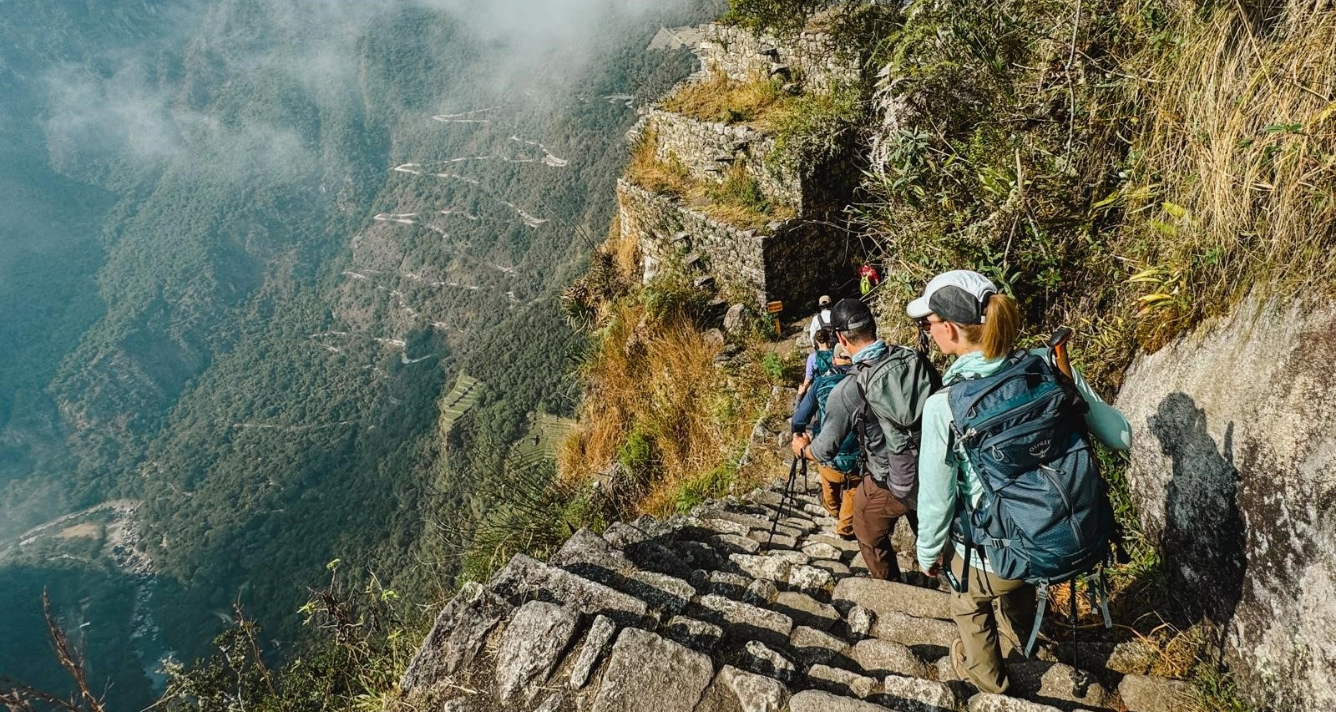
Altitude, Acclimatization, and Why Treks Are “Low-Risk Altitude Labs”
One of the smartest reasons to trek before a mountaineering objective is to learn how your body responds to elevation without the pressure of a summit clock. Wilderness Medical Society guidelines emphasize gradual ascent, “climb high, sleep low” strategies, and rest days to lower the risk of acute mountain sickness. Classic trekking itineraries make that cadence natural.
You will practice the fundamentals that really move the needle at altitude: slow pacing, steady hydration, and honest self-monitoring for headache, nausea, or sleep disruption. That experience transfers directly to bigger climbs later on. Practical advice from alpine organizations echoes this approach, including building in extra acclimatization days and, when possible, using nearby peaks to pre-acclimatize before a higher objective.
Trekking Builds Mountaineering Skills (Without Needing Crampons… Yet)
Pacing and energy management
Learning your sustainable “all-day” pace is gold. Treks teach you to read your breathing and legs, not your ego, and to fuel before you fade. Those habits keep rope teams efficient when the terrain turns technical.
Expedition self-care
Multi-day travel forces discipline around sleep, foot care, layering, sun protection, and hydration. These are the quiet skills that prevent small problems from ending big objectives.
Weather and terrain comfort
You’ll move in wind, rain, heat, and cool mornings. You’ll make thousands of micro-decisions about traction, balance, and poles. That familiarity lowers cognitive load when you later add ropework or crampons.
Team dynamics
On long treks, groups become teams. You’ll practice communication, honest check-ins, and that gentle nudge that keeps everyone moving. Those social skills matter just as much on summit pushes as a perfect figure-eight.
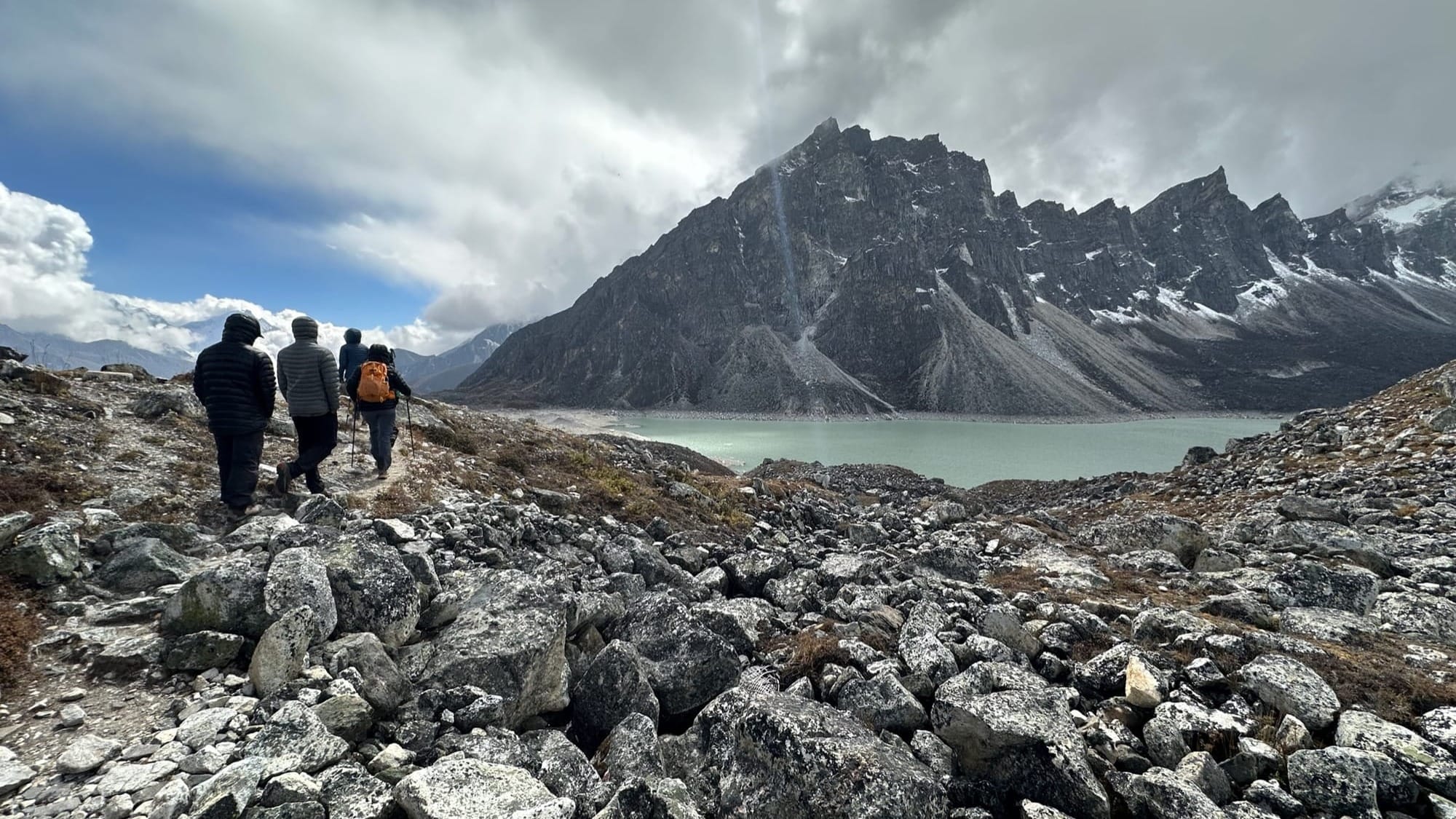
RMI Treks that Train and Inspire
Each trek below can be an end goal or a strategic stepping stone toward bigger climbs. We’ve noted what each tends to build particularly well.
Kilimanjaro Climb & Safari (Tanzania)
Kilimanjaro is the world’s highest freestanding mountain and a classic high-altitude trek with little glacier travel. Expect big aerobic days and textbook acclimatization, with a summit push that rewards smart pacing and steady nutrition. It is ideal for learning how your body handles 5,000+ meters while practicing camp routines and recovery day to day.
Everest Base Camp Trek (Nepal)
A cultural and altitude masterclass rolled into one. EBC’s gradual ascent profile, rest days, and “climb high, sleep low” side hikes mirror best-practice acclimatization guidance. You will refine layering, hydration, and pacing at elevations where many people first feel the real effects of thin air.
Gokyo Trek (Nepal)
Quieter than the main EBC corridor and equally rich in altitude practice. Crossing high passes and visiting the turquoise Gokyo Lakes demands consistent pacing and solid nutrition strategies. The views from Gokyo Ri are a powerful “internal summit” moment and a confidence boost for future mountaineering.
Machu Picchu Trek (Peru)
Think “endurance and culture.” Long trail days at moderate to high elevation polish aerobic capacity, footwork on stone steps, and recovery routines. It is a perfect build phase for climbers, and an unforgettable standalone adventure for trekkers.
Torres del Paine O Circuit (Patagonia, Chile)
Wind, weather, and long mileage days in world-class scenery. Patagonia teaches you to adapt quickly, protect calories and warmth, and stay positive when the forecast has “character.” Strong expedition self-care here pays dividends on future alpine routes.
How to Use Trekking in Your Training Year
- Periodize your season Use a spring or early-summer trek as an aerobic base builder. Follow with a skills course or mountaineering school to layer in technical movement. Consider a late-season trek as an “endurance finisher” before gearing back up for climbing season.
- Train the way you’ll move Mix steady Zone-2 hikes with pack, plus weekly hill sessions. Add a strength day focused on single-leg work, hinge patterns, and trunk stability to help tolerate downhill eccentric loads. The research on walking and hiking shows consistent gains in fitness with progressive, sustainable volume.
- Practice altitude routines on trek days Set hydration targets, schedule fuel breaks, and log sleep quality. Use rest days to do gentle active hikes higher and return to sleep lower, mirroring guidelines from altitude medicine.
- Dial systems, not just fitness Treat every trek as a gear and systems rehearsal. Which socks prevent hotspots on day four? Which breakfast sits well before a 1,000-meter gain? Solve these now so you are not experimenting on a summit bid.
Trekking as a Standalone Goal
Plenty of athletes choose trekking as the finish line, not just a training block. That choice makes total sense. Treks deliver immersive travel, culture, and big-landscape awe without the technical risks of mountaineering. They are physically honest, mentally restorative, and deeply social. The science backs that up, too: time in nature improves mood and reduces stress while you build durable, low-impact fitness that supports health for years.
Putting It Together
Trekking is not “just hiking.” It is targeted endurance work, high-value altitude learning, and a masterclass in expedition self-care. It builds the engine and the habits that carry you when a glacier, a headlamp, and your own grit are all you have. Whether your dream is a high camp sunrise on a big mountain or a lifetime of trail-first travel, trekking moves you there, one steady day after another.
If you are mapping your path, start with an itinerary that excites you: a cultural arc to Everest Base Camp or Gokyo, a wind-polished week in Torres del Paine, a bucket-list push on Kilimanjaro, or a history-rich walk to Machu Picchu. Treat it as both adventure and training. Your future self, standing higher, calmer, and more prepared, will be very glad you did.
Sources
- Wilderness Medical Society. Clinical Practice Guidelines for Prevention and Treatment of Acute Altitude Illness (2019 and 2024 updates). Emphasize gradual ascent, rest days, and risk reduction at altitude.
- Kang SJ et al. “Trekking exercise promotes cardiovascular health and muscle endurance.” Journal of Physical Therapy Science (2014).
- Harvard Health. “Health benefits of hiking: raise your heart rate and your mood.” (2016).
- Faghy MA et al. “Physiological impact of load carriage exercise” review (2022). Plus related load-carriage studies on slope and biomechanics.
- Coventry PA et al. “Nature-based outdoor activities for mental and physical health.” Systematic review (2021).
- APA Monitor. “Nurtured by nature” overview of mental health benefits (2020).
- BMC/EAC guidance examples for acclimatization strategies on treks in East Africa and the Himalaya.



